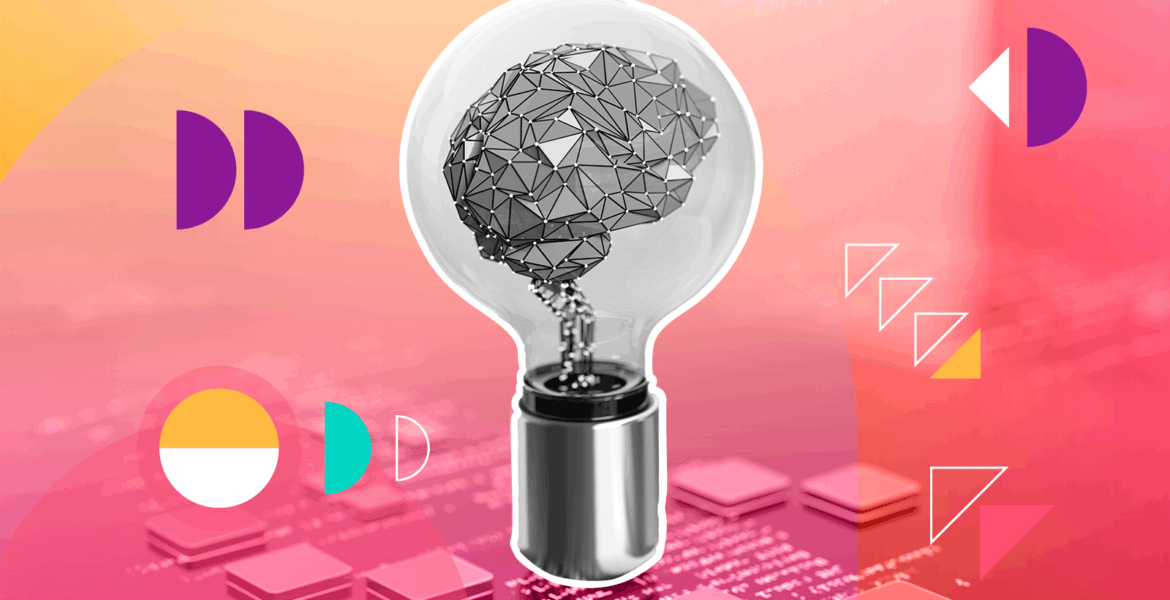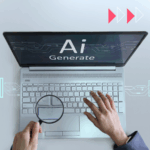By Craig McDonogh, head of marketing, Imgix
When most people think of artificial intelligence (AI), they think of cost savings – fewer staff, automated tasks, streamlined operations. While these benefits are real, they are far from the most exciting or transformative aspect of AI. In fact, the overemphasis on efficiency is clouding the true promise of AI: a powerful catalyst for productivity, creativity, and invention.
Beyond Efficiency: AI as a Creative and Cognitive Amplifier
AI is not just about doing things faster or cheaper. It’s about enabling people to do things they couldn’t do before. This is especially true in creative and intellectual fields, where AI acts less like a replacement and more like a partner.
In a study involving materials-science researchers, teams that collaborated with AI discovered 44% more materials, generated more novel chemical structures, and filed 39% more patents. These weren’t just faster results – they were fundamentally better, more innovative outputs.
This applies far beyond scientific research. In the workplace, early findings from MIT and Boston Consulting Group show that AI-assisted workers produced 40% better solutions to complex problems, not because AI replaced them, but because it augmented their thinking. AI is increasingly seen as a co-pilot that enhances creativity and problem-solving skills, especially among younger professionals.
The Designer + AI Duo: A New Visual Workflow
Nowhere is this more obvious than in the world of visual design. Fears that AI image generators or layout tools will make human designers obsolete are not just overblown – they’re misleading.
The reality? Designers are becoming more central than ever in workflows that integrate AI tools. Instead of replacing designers, AI gives them superpowers. AI tools can generate mood boards, mockups, variations, and even motion concepts in seconds – but they rely on human intuition, taste, and strategic thinking to refine and direct the results.
As creative strategist Tobias van Schneider puts it: “AI doesn’t kill the designer. It kills the boring parts of the designer’s job.”
A designer using AI is no different than a photographer using Photoshop or a filmmaker using CGI. These tools elevate what’s possible. They let creatives iterate faster, prototype bolder ideas, and explore visual directions that might have taken weeks to execute manually.
In a world where speed matters and storytelling is everything, AI becomes an indispensable partner – not a threat.
Shifting the Narrative: From Fear to Empowerment
So why is fear still dominating the conversation?
A Pew Research report found that while nearly 75% of AI experts believe in the positive potential of AI, yet only 25% of the general public agrees. This gap is largely due to messaging. When businesses focus solely on AI’s ability to cut costs or automate jobs, they unintentionally reinforce public skepticism and fear.
It’s time to change that narrative.
As Zanny Minton Beddoes, Editor-in-Chief of The Economist, said: “AI will enhance human creativity and efficiency. It will create jobs, not just destroy them.”
A Tool for the Resourceful, Not the Replaceable
AI is best understood not as a replacement, but as a resource multiplier. It allows researchers to invent more, writers to write better, coders to problem-solve faster, and designers to design more freely.
The real benefit of AI isn’t about saving dollars—it’s about saving time, unlocking ideas, and empowering people to be more inventive, more human.
Let’s stop measuring AI by what it cuts, and start measuring it by what it helps us create.
About the Author
Craig is an accomplished marketing executive with more than 30 years of experience in all aspects of B2B software marketing. His background spans US, APAC, and European markets in companies including ServiceNow, BMC, and Perspectium. Craig is recognized as a SaaS marketing leader and has been a featured speaker at events around the world.







